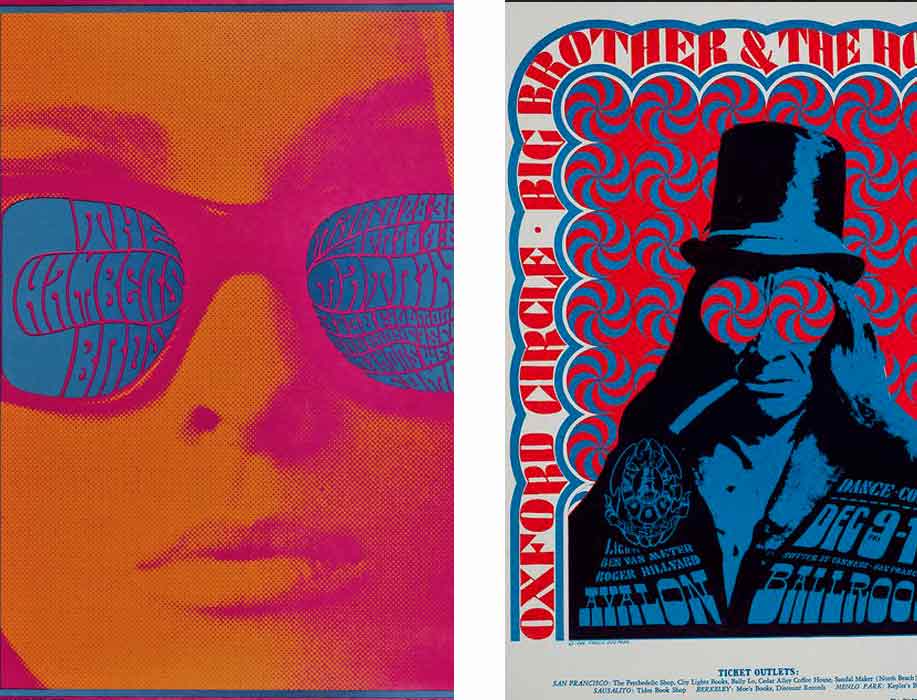The Art Theme for the 2024 Sturgis Edition of the Flying Piston Benefit is 60’s Psychedelic Art
So, step into a world where colors pulse with energy, where reality bends and twists into mesmerizing patterns. Welcome to the Psychedelic Art Movement of the 1960s, a revolution in art and consciousness that captivated a generation. As we journey through this vibrant era, let’s explore the artists, the impact, and the future of this mesmerizing movement.
What’s it all About: 60’s Psychedelic art is a visual journey into the depths of the mind, an exploration of consciousness through vibrant colors, intricate patterns, and surreal imagery. It’s about capturing the essence of the psychedelic experience – the sense of wonder, the feeling of transcendence, and the expansion of perception.
Rooted in the counterculture of the 1960s, psychedelic art challenged traditional norms and inspired a wave of creativity that continues to ripple through art and culture today. This includes lifestyle, clothing, language, art, literature and philosophy.
Meet Today’s Artists: Meet the artists from across the USA that are taking this theme and utilizing it at the Flying Piston Benefit Breakfast:
Highlighting the Artists:
Peter Max: Peter Max’s cosmic and colorful artworks became synonymous with the psychedelic era, inspiring generations. His art captured the spirit of the sixties and was cited by art critics as “the visual arts counterpart to the music of the Beatles.”

Peter-Max
Wes Wilson: Known as the father of the 1960s rock concert poster, Wes Wilson’s bold designs epitomize the psychedelic aesthetic.

Wes WIlson
Victor Moscoso: Victor Moscoso’s vibrant and surreal posters captured the spirit of the era with their bold colors and mind-bending designs.

Victor-Moscoso
Gary Grimshaw: Gary Grimshaw’s psychedelic rock concert posters blended art and activism, reflecting the social and political turmoil of the time.

Gary Grimshaw
Mouse & Kelly (Stanley Mouse and Alton Kelly):Mouse and Kelley collaborated on rock posters for over 15 years. One of their most famous images, the Grateful Dead skeleton and roses motif. They founded the Mouse Studios and The Monster Company and produced album covers as well as poster and t-shirts, most famously the covers for Journey and the Grateful Dead.

Stanley Mouse and Alton Kelly
Flying Piston Benefit Artists Speak Out:
“I’ve always experienced vivid and detailed dreams filled with color, movement, and emotion. I’ve been called a free spirit and often go against the grain; as you might expect, I’m drawn to the 1960s era for this reason. Psychedelic art allows me to express the way in which I experience the world, or, maybe better said, the way in which the world experiences me.” – ✠ 𝕬𝖓𝖌𝖊𝖑 𝕮𝖑𝖆𝖜 ✠
“I enjoy making art free from rules, and psychedelic art is a true representation of that ideal.” – ℭ𝔯𝔢𝔢𝔭𝔷𝔦𝔩𝔩𝔞
“I love the old school radical chopper paint styles the most. I plan on combining some radical features with some Dali features for a great piece! “- Jon Bruns
“I appreciate the way 60s psychedelic art allows you to express yourself in a flowing way, without the “standard” art rules to weigh down your vision.” – Christopher of Kellers Sign Shop
“I have always been pulled into the whimsy and allure of this art form. The color, organic shapes, and flow – team up to take your mind on this wicked-weird, cool journey.” – Matt Beckner
“When I think of psychedelic art I think of bright colors, trippy dreams , and the music of the 60’s that inspired so much of it. I’m looking forward to challenging myself in this contest with so many talented artists.” – Cease Martinez
“The Psychedelic Art of the 60s … where do you begin??? It’s a trip! Ha! The word psychedelic was derived from Greeks words psyche and Delos, meaning mind manifesting or soul manifesting. To me, just that… mind manifesting. – Jason Chrysler
Future of the Psychedelic Art Movement:
As we look to the future, the Psychedelic Art Movement of the 1960s continues to inspire artists and captivate audiences. While its heyday may have passed, its influence endures, shaping contemporary art and culture in profound ways. In an era of digital art and immersive experiences, psychedelic art finds new avenues of expression, embracing new technologies and pushing boundaries. From virtual reality installations to interactive exhibits, the movement evolves, inviting audiences to explore the depths of their imagination.
Conclusion:
In conclusion, the Psychedelic Art Movement of the 1960s remains a testament to the power of creativity and self-expression. It’s a celebration of freedom, a journey into the unknown, and a reminder of the human spirit’s capacity for wonder. So let’s keep the spirit of psychedelic art alive, let’s continue to push boundaries and challenge norms, for in its vibrant colors and surreal imagery lies the promise of a world without limits.
![]() Click the Event Page link for the Flying Piston Benefit Breakfast details and Event Details.
Click the Event Page link for the Flying Piston Benefit Breakfast details and Event Details.
Sources:
- Lobo Pop Art including Psychedelic Art samples
- Visual Arts Department
- Header Image sourced at Artsy – Peter Max – DISCOVERY, 1992
 About The Flying Piston: The Flying Piston Benefit is produced by Marilyn Stemp of Iron Trader News & Jeff Najar of Horsepower Marketing. Funds are raised to train kindergartners on how to ride bikes by donating balance bikes to P.E. kindergartner classes. We’ve assisted in training over 200,000 kids across the USA. We also focus on VETS. To help out and to join the team, click here.
About The Flying Piston: The Flying Piston Benefit is produced by Marilyn Stemp of Iron Trader News & Jeff Najar of Horsepower Marketing. Funds are raised to train kindergartners on how to ride bikes by donating balance bikes to P.E. kindergartner classes. We’ve assisted in training over 200,000 kids across the USA. We also focus on VETS. To help out and to join the team, click here.


